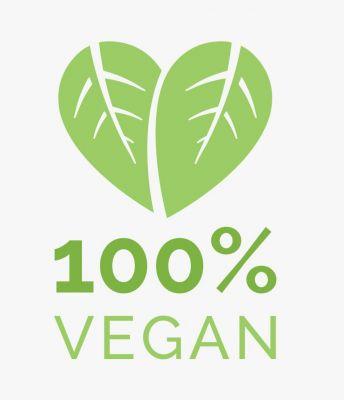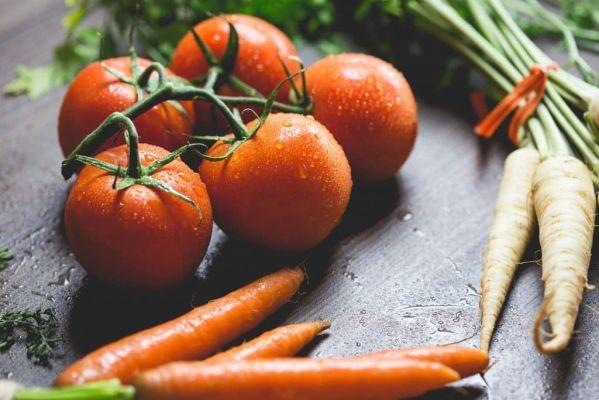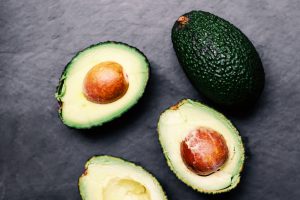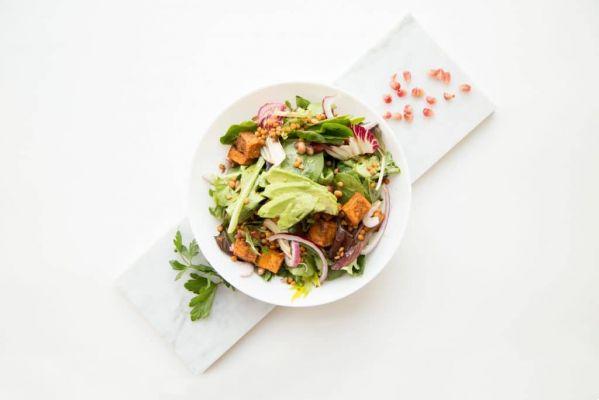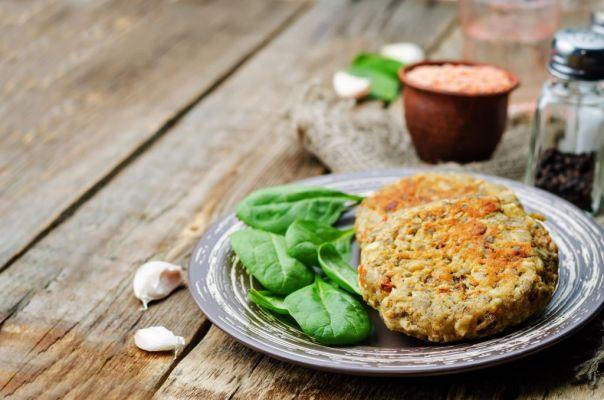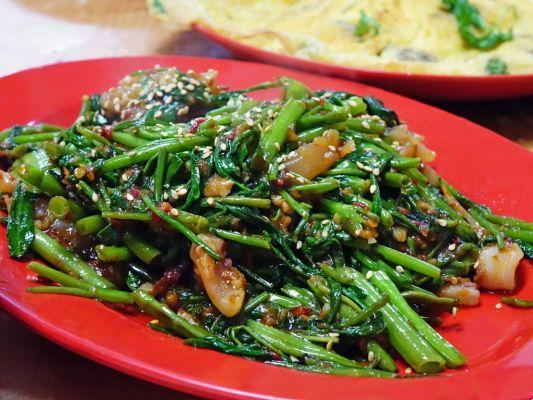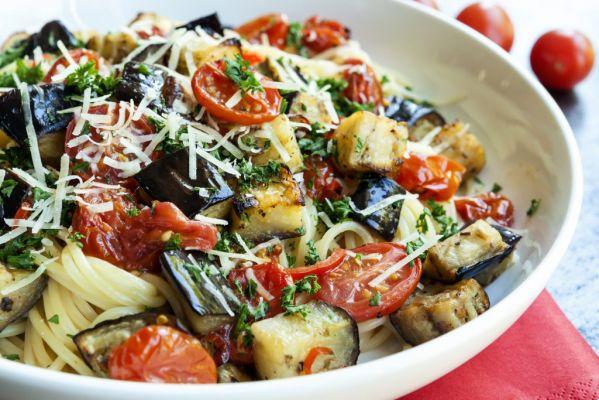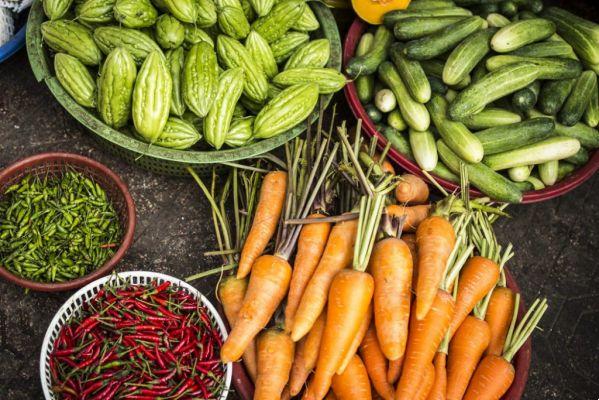Eating is much more than a physiological need. We all have favorite dishes and snacks that we like to eat with friends, we also have family lunches, go out to eat something delicious with the person we love… Anyway, eating involves many things and deserves to be enjoyed. And that's slow food.
According to this movement, we need to break the logic of capitalist society that eating is something we do on autopilot, without tasting. In addition, according to this lifestyle, types of food such as fast food, with “pre-made” snacks, interfere with the experience that should be tasting a dish.
If you are interested in knowing what slow food is, what are the goals of the practice and how you can insert it into your daily life, check out this article we prepared!
What is slow food and how did it come about?
Slow food is an English expression that can be translated as "eat slowly". It's a movement about leisurely eating—but it's less about the speed of eating and much more about enjoying the meal, about enjoying the moment without haste, much more as an experience and less as a meal.

The slow food movement emerged in the 1980s. It was created by Italian journalist Carlo Petrini, who launched a campaign against a fast food chain that opened a cafeteria in the city of Rome, Italy. Since then, the expression used by him has been gaining fans and has become popular around the world.
What are the goals and missions of slow food?
From the term used by Carlo Petrini, a whole movement was created around this concept, which gave rise to a non-governmental organization also called Slow Food, which has existed since 1986 and already has more than 100 thousand members spread across several countries in the world. world.
In summary, according to the NGO, the purpose of slow food is to promote greater appreciation and tasting of food. In addition, they fight for the improvement of the quality of the meals and for a production that values not only the product, but also the producer and the environment.
It is, in short, a movement that is directly opposed to the policy of massification and standardization offered by snack bars and fast food restaurants. More than talking about speed focused on food, slow food is a manifesto against the speed of contemporary life — and that's since the 1980s.
How to put slow food into practice?
In addition to NGOs, goals and missions, slow food is a philosophy of life. If you enjoy gastronomy and like to value it, joining slow food is a great idea. So, check out attitudes you can have to incorporate this philosophy into your life.
How to put slow food into practice at home:
1 – Whenever possible, cook

In today's busy life, finding time to cook is not easy. But if you have that time and willingness, turn the routine of cooking your own food into something pleasurable, which can be as delicious as enjoying the food when it's ready.
2 – Use fresh produce
Consuming fresh products and avoiding processed and ultra-processed ones has everything to do with the slow food philosophy. So, select very well what goes into your fridge and goes into your pan, so you can cook and consume healthy foods that have been produced in a way that respects the environment and the producer.
3 – Turn the meal into quality time
When the food is finally ready, turn your meal into quality time. Instead of gulping down your meal in five minutes, or putting your eyes on your cell phone during the meal, taste each flavor, interact with your family... Finally, transform the meal into something more than just eating.
How to put slow food into practice outside the home
1 – Choose your restaurants well
Selecting the restaurants where you will eat is half way in the practice of slow food. Prefer places that offer fresh and quality food, that prove sustainable performance and where employees and, especially, cooks do not work under absurd pressure, but under honest conditions.
2 – Avoid fast food logic
When you buy a snack at a large hamburger chain, for example, you are putting your money into a corporation that doesn't care at all about slow food — quite the opposite. In other words, choose well who you will “sponsor” with your financial resources: slow food or fast food.
3 – Appreciate the producer

Paying BRL 25 for a snack at a fast food chain or BRL 35 in an artisanal snack shop? If you have the financial resources to be able to choose, understand that the choice is much more than just about money. Taking into account the effort and dedication of those who produce is essential, according to slow food.
What are the benefits of sticking to slow food?
The answer to this question is extremely individual, because many people simply love fast food and are passionate about the hectic life of today's contemporary everyday life. But if you're uncomfortable with all that, you can benefit a lot from slow food. So, check out some benefits:
1 – More experiences
When you turn a meal into more than just eating food, you turn it into an experience. Whether alone or with others, lunch or dinner can become an experience of connecting with yourself or sharing with loved ones.
2 – Gastronomy is art
If you talk to a movie lover, for example, he'll probably say that silly comedy movie is cool, but there's that hidden movie that, wow, is amazing… And it's the same with gastronomy. Fast food may be ok, but there is a world of possibilities outside of it.
3 – Save money
Succumbing to the ease of fast food might save you time, but it doesn't save your pocket. Try cooking your own food for a week (or even a weekend), put it on the tip of your pencil and compare it to what you would have spent eating out every day at fast-food restaurants.
4 – Helps local/smaller/artisanal producers
When you start to prioritize local, smaller and artisanal restaurants and producers, fleeing the logic of the big fast food chains, you start to support local commerce, which really needs your support. Plus, you'll feel like you're truly contributing to the maintenance and life of your favorite restaurants.
5 – It’s good for the body
Eating slowly, unhurriedly, using quality foods and, if possible, cooking these foods yourself is very good for your body, which benefits from unhurried ingestion and digestion, and for your mental health, because cooking can be a great opportunity to get away from it all.
Differences between slow food and fast food

In short, the philosophy of fast food is to produce and consume quickly, which is bad for digestion and also for the social side (quality time with you or with someone else). Slow food turns every meal into a special occasion, especially if the food is prepared by yourself.
In addition, slow food preaches greater care in food selection, so you will consume fresher and better quality food. Fast food, on the other hand, usually uses ultra-processed products of dubious origin, in which the meat is not real meat, for example.
Works to get to know slow food better
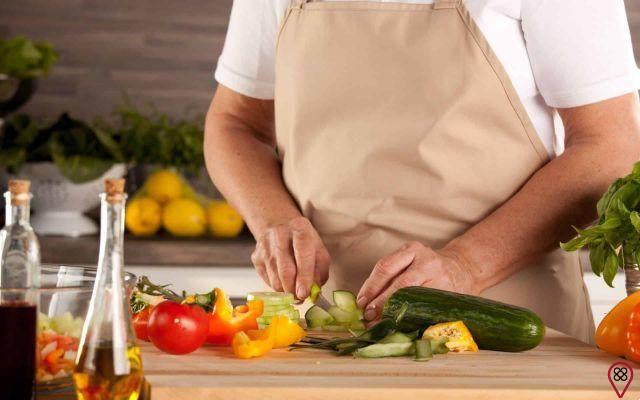
If you really enjoyed learning about the slow food movement and philosophy, you can study a little more about the subject to decide if it fits in your life and if it has everything to do with who you are. So, check out some works we selected about this attitude and study hard:
“Slow Food: good, clean and fair”, by Carlo Petrini — In this book, the creator of the slow food movement presents the basis of this philosophy, its benefits, its importance and how it can change your life and your relationship with food.
“Cooked” — This Netflix series addresses the way food can transform, characterize and shape cultures and the way we relate to the world we live in, showing that meals are much more than just eating food.
“Food as culture”, by Massimo Montanari — A book in which food is presented not only as food, but as a “member” of society, part of our culture, the way we relate to people and even to ourselves.
“Food matters” — This now classic documentary begins by demonstrating how foods and vegetables are used for medicinal treatments based solely on healthy consumption. Then, he argues about how the logic of haste and fast food, currently in vogue, is not only bad for our physical health, but also for our mental health.
“The Third Course: Field Notes on the Future of Food”, by Dan Barber — In this book, American chef Dan Barber makes predictions and analyzes about the way we consume food today and how meals will transform into the future.
What will we consume 35 years from now?
Anyway, if you are looking to live a routine that is less connected to the values of haste and pure comfort of the present times, slow food can change the way you eat.
You may also like
- Understand the concept of slow living
- Innovate your style with slow fashion
- Learn to stop throwing food away
So, give this lifestyle a chance and transform your food and, consequently, your life!



